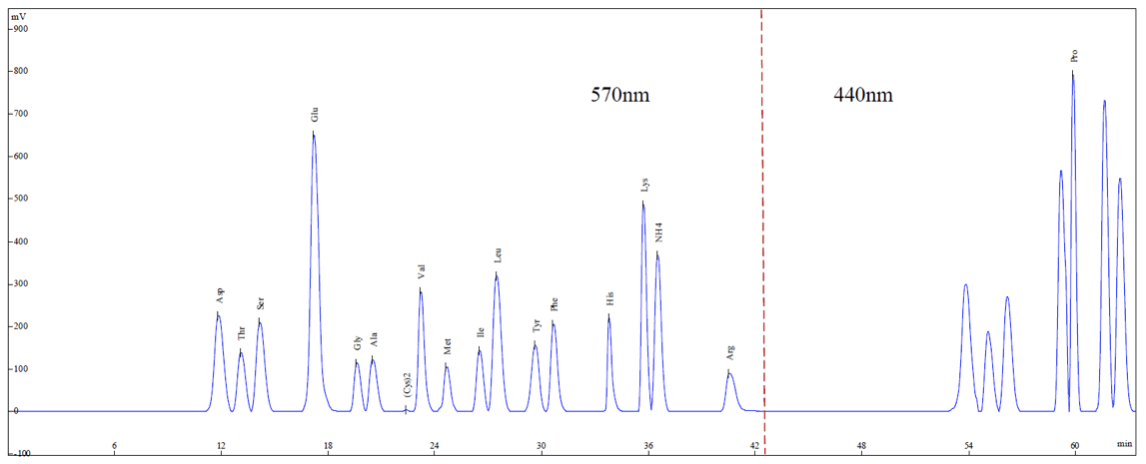an important supplier of essential amino acids (Amino Acid Analyzer ARACUS)
Lactoprotein is one of the main nutrients in milk, it is composed of 20 kinds of amino acids. Different amino acid ratios and arrangements form different types of proteins. Those proteins play an important role in maintaining the growth and renewal of body tissues, participating in various chemical reactions, and providing heat energy for physiological activities.
Lactoprotein is considered to be one of the proteins with the highest nutritional value. The main reason is that its amino acid content and composition ratio are basically close to the amount and ratio required by the human body for synthesis.
The nutritional value of protein is measured by whether its amino acid composition is reasonable and complete. Amino acids can be divided into two categories: essential amino acids and non-essential amino acids according to needs of human body. The so-called essential amino acids refer to amino acids that are needed by the human body but cannot be synthesized by itself or the synthesis speed cannot meet the needs and need to be obtained from food. There are nine kinds of essential amino acids in human body, they are Leu、Ile、Lys、Met、Phe、Thr, Try, Val and His. Lactoprotein is rich in the above nine kinds of amino acids, but there are certain differences between different protein types. The content of essential amino acids contained in casein is 45.1 g/100 g, while whey protein is 50.9 g/100 g. Therefore, whey protein is recognized as the best protein by nutritionists. According to the chemical scoring method, human milk and whole eggs score 100 points, milk scores 95 points, and whey protein scores as high as 104 points. The essential amino acid content of ideal protein and the recommended amount for 1-year-old children (1991) have proposed by FAO and WHO. Compare which with the content of essential amino acids in lactoprotein in milk, they are very close.
Therefore, milk is considered to be one of the most nutritious foods. FAO and WHO have also proposed the daily requirement of essential amino acids for healthy adults. Suppose that an adult’s weight is 60 kg, then drinking 500 mL milk a day can meet his daily needs of essential amino acids except for Met + Cys.

Figure 1: The amino acids contained in the acid hydrolysis samples were separated using a sodium cation exchange column and then derivatized with ninhydrin. The detection was performed at 440 nm and 570 nm. The concentrations of the individual amino acids were determined using a known concentration of a standard amino acid mixture.

